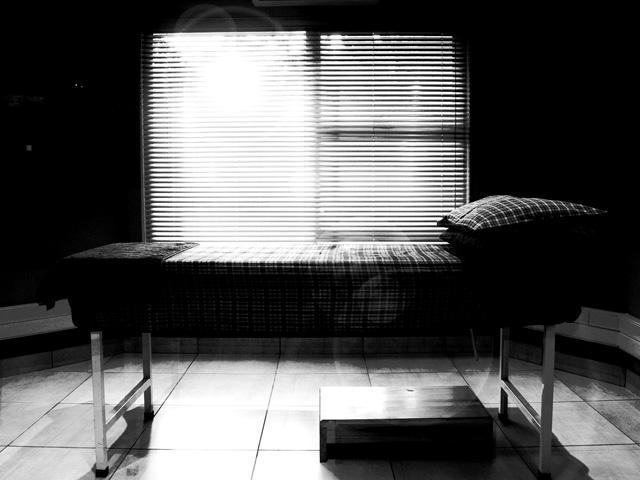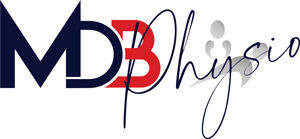
Core Strengthening

Rustenburg, 0299
Tel: +27 (0)14 592 8322
Netcare Ferncrest/Life
Peglerae/Medicare
Tel: +27 (0)14 592 8322
Core Strengthening
1 - TrA activation
b. Bend both knees so that your feet are flat on the bed.
c. Push the small of your back flat against the bed.
d. Try to move your belly button up towards your head and in towards your spine.
e. Hold for 5-10 seconds.
2 - TrA activation with adductor squeeze
b. Bend both knees so that your feet are flat on the bed.
c. Push the small of your back flat against the bed.
d. Now squeeze a towel/ball between your knees
e. Hold for 5-10 seconds.
3 - Adductor squeeze with bridging
b. Bend both knees so that your feet are flat on the bed.
c. Push the small of your back flat against the bed.
d. Squeeze a towel/ball between your knees
e. Now lift up your buttock towards the ceiling.
f. Remember to keep your feet flat.
4 - Crunch with hand tuck
b. Bend both knees so that your feet are flat on the bed.
c. Cross your arms over your chest.
d. Tuck your hands so that your palms are facing away from your body.
e. Push the small of your back flat against the bed.
f. Curl your head and shoulder blades up off the bed towards your knees.
g. Hold 5-10 seconds.
5 - Flossing
b. Bend both knees so that your feet are flat on the bed.
c. Push the small of your back flat against the bed.
d. Hold your knee with both hands.
e. Straighten and bend your knee slowly.
6 - Adductor squeeze with hip flexion
b. Bend both hips to 90°
c. Squeeze a towel/ball between your knees.
d. Lift both knees to 90°.
e. Hold for 5-10 seconds.
7 - Adductor squeeze with knee flexion and extension
b. Bend both hips to 90°
c. Squeeze a towel/ball between your knees.
d. Bend and straighten your knees.
8 - Adductor squeeze with crunch
b. Cross your arms over your chest.
c. Tuck your hands so that your palms are facing away from your body.
d. Bend both hips to 90°
e. Squeeze a towel/ball between your knees.
f. Lift both knees to 90°.
g. Straighten your knees.
h. Now lift your head and shoulder blades up from the bed.
9 - Adductor squeeze with knee extension bridge
b. Bend both knees so that your feet are flat on the bed.
c. Push the small of your back flat against the bed.
d. Squeeze a towel/ball between your knees
e. Now lift up your buttock towards the ceiling.
f. Remember to keep your feet flat.
g. Straighten one of your knees

Recent Comments